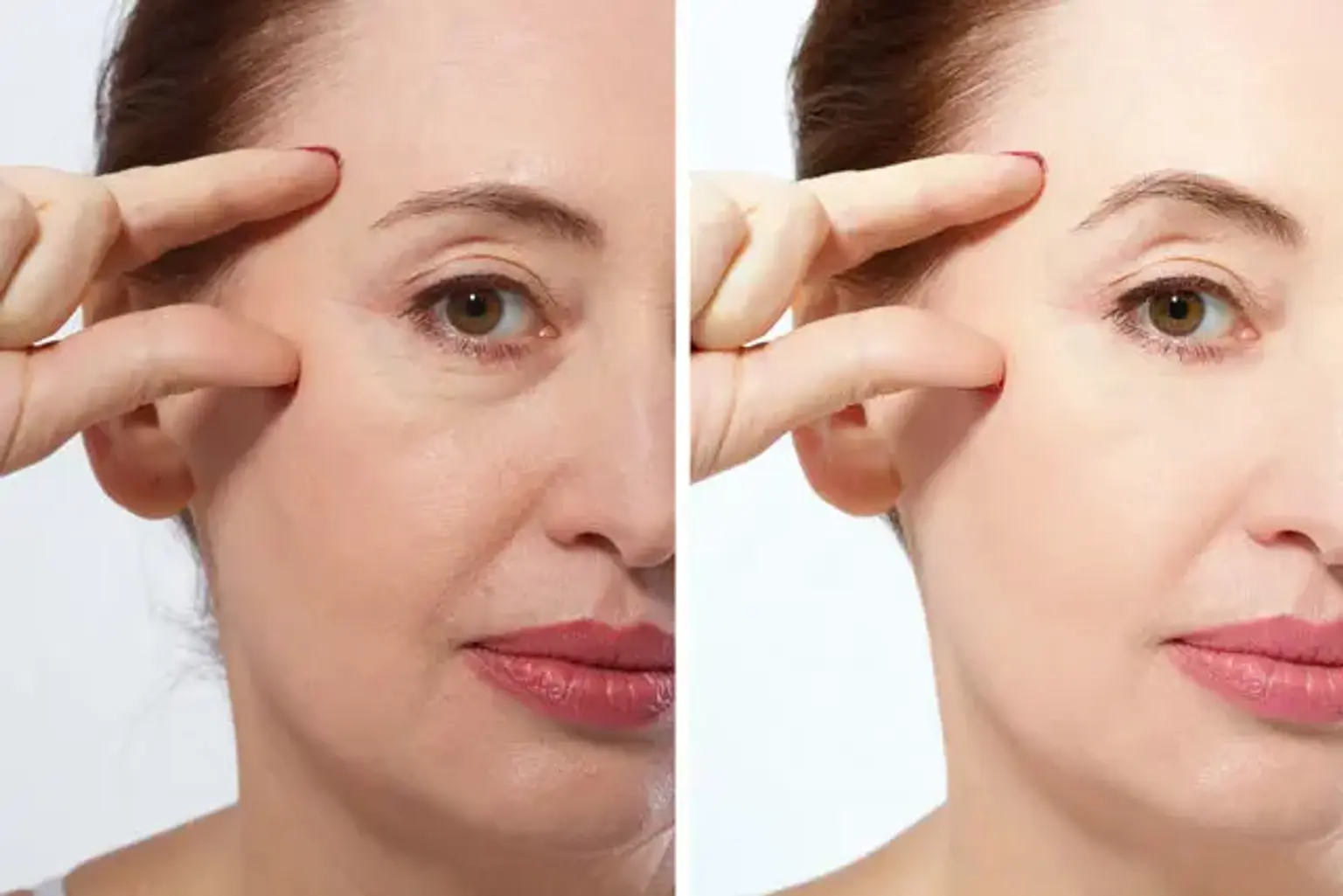Introduction
As we age, the skin around our eyes tends to show the first signs of wear and tear. Wrinkles, sagging eyelids, dark circles, and puffiness are common issues that can make us look tired and older than we feel. Eye rejuvenation is a collection of treatments designed to restore the youthful appearance of the eyes and reduce the signs of aging. This guide will explore surgical and non-surgical methods for eye rejuvenation, helping you understand how these procedures work, their benefits, and what to expect.
The Anatomy of Aging Eyes
The skin around the eyes is thinner and more delicate than the rest of the face, making it more prone to aging signs. As we get older, collagen and elastin (the proteins that keep skin firm and elastic) break down, causing wrinkles, puffiness, and sagging. The muscles around the eyes also weaken, which can lead to drooping eyelids and under-eye bags. The fat pads that give the eyes their youthful fullness may shift or decrease in volume, contributing to hollowness under the eyes and deeper wrinkles.
What Is Eye Rejuvenation?
Eye rejuvenation involves a variety of treatments designed to address the visible effects of aging around the eyes. The primary goals are to tighten skin, remove excess fat, and smooth wrinkles. Depending on the severity of the aging signs, treatments can range from non-invasive methods like Botox and dermal fillers to more invasive surgical options such as eyelid surgery (blepharoplasty). Eye rejuvenation can also involve laser treatments or skin resurfacing to address skin texture and tone.
